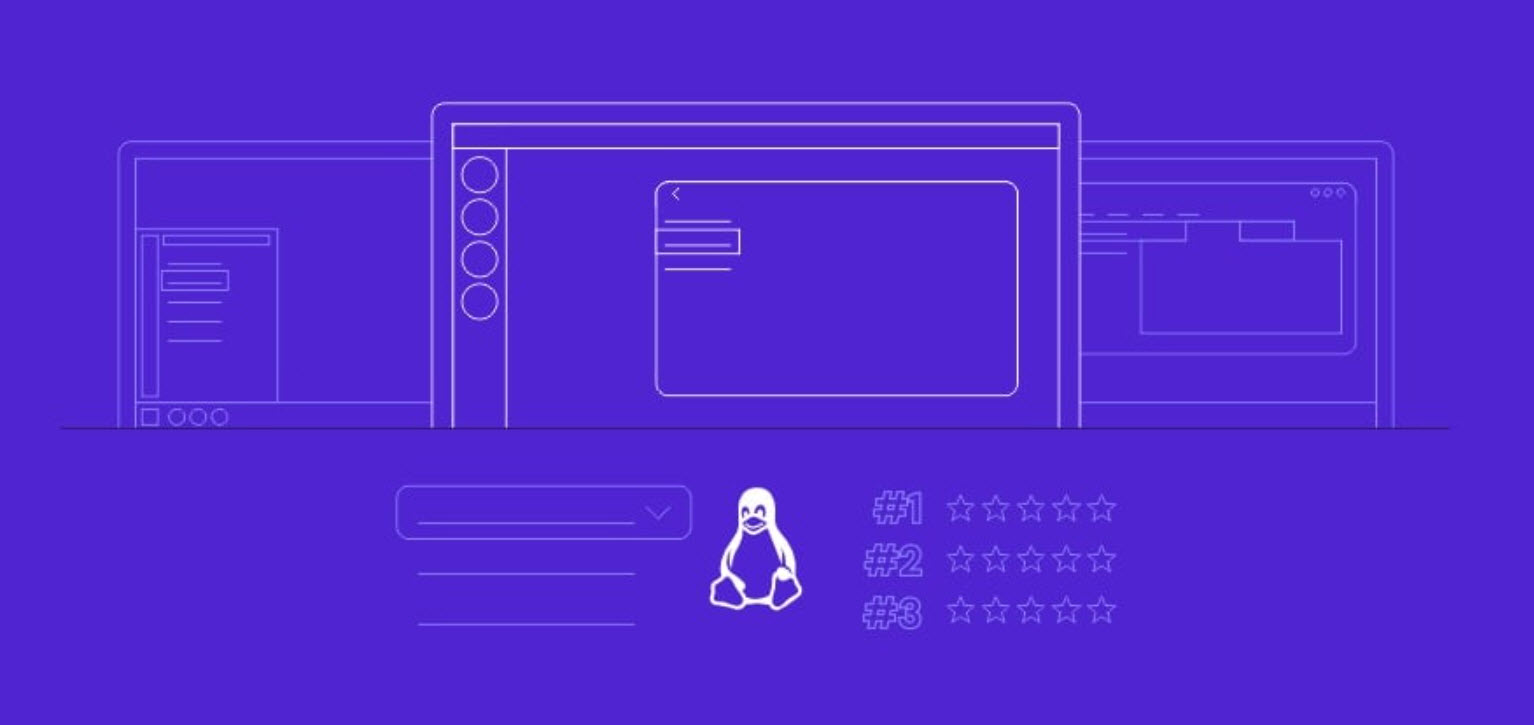
When we speak about computer networking, the most basic model that helps us understand how data travels across the network is Open System Interconnection (OSI).
This is a conceptual model that helps us visualize and understand how communication between two or more systems occurs. The OSI model breaks the communication system into seven abstract layers as shown below:
- Application Layer
- Presentation Layer
- Session Layer
- Transport Layer
- Network Layer
- Data Link Layer
- Physical Layer
1. Physical Layer: Layer 1, the physical layer, is responsible for transmitting and receiving raw bit streams and packets over a physical medium like DSL, Ethernet, USB, and so on.
Examples: Ethernet, ISDN, USB, DSL
2. Data Link Layer: Layer 2, the data link layer, provides peer-to-peer data transfer and acts as a link between two connected peers. It also offers services like flow control and frame synchronization.
Examples: MAC, PPP, ATM, HDLC, Frame Relay
3. Network Layer: Layer 3, the network layer, facilitates the switching and routing of data packets.
Examples: IP V4, IP V6, ICMP, IPsec
4. Transport Layer: Layer 4, the transport layer, ensures correct and transparent data transfer between end systems and is also responsible for recovery and flow control.
Examples: TCP, UDP
5. Session Layer: Layer 5, the session layer, helps initiation, management, and termination of connections between applications. The session layer sets up, coordinates, and terminates conversations, exchanges, and dialogues between the applications at each end. It deals with session and connection coordination.
Examples: RPC, SCP, TLS
6. Presentation Layer: Layer 6, the presentation layer, does the job of formatting the data to be presented to the application layer. It can be viewed as the translator for the network. This layer can translate data from a format used by the application layer into a common format at the sending end, and then translate the common format to a format known to the application layer at the receiving end. Data compression and encryption occurs at this layer.
Examples: JPG, PNG, GIF, MPEG, ASCII, CSS, HTML
7. Application Layer: Layer 7, the application layer, is the OSI layer closest to the end user, which means that both the OSI application layer and the end user interface directly with the application software.
Examples: Telnet, SSH, FTP, SMTP, HTTP, NFS, SNMP
TCP/IP Model
The TCP/IP model was developed by the US Department of Defense’s Project Research Agency (ARPA, later DARPA) as a part of a research project of network interconnection to connect remote computers. The objective behind the idea was to allow one application on one computer to talk (send data packets) to another application running on a different computer.
- Application Layer
- Transport Layer
- Internet Layer
- Network Access Layer
1. Application Layer: The application layer defines how host programs interface with transport layer services to use the network.
Examples: HTTP, Telnet, SMTP, FTP, TFTP, SNMP, DNS
2. Transport Layer: The transport layer provides communication session management between host computers. It defines the level of service and status of the connection used when transporting data.
Examples: UDP, TCP
3. Internet Layer: The Internet layer packages data into IP datagrams, which contain source and destination address information that is used to forward the datagrams between hosts and across networks. It performs routing of IP datagrams.
Examples: IP, ICMP, ARP
4. Network Access Layer: The network access layer specifies in detail how data is physically sent through the network, including how bits are electrically transmitted by hardware devices that interface directly with a network medium, such as coaxial cable, optical fiber, or twisted-pair copper wire.
Examples: Ethernet, Frame Relay
You may also like:- Top 20 Cybersecurity Career Options
- Top 5 Tips to Prevent Online Scams
- Top 10 Platforms to Learn Cybersecurity
- Top 7 Commercial Linux Distributions
- Why Do I Need a Website?
- Reinforcement Learning in Real-world Applications: The Latest Successes and Challenges
- Various Python Libraries for developing RESTful APIs
- Top 7 NodeJS Frameworks You Need To Know
- How Buying Instagram Followers Can Help Businesses Soar
- How To Find Gaps In Your Cybersecurity And How To Address Them








